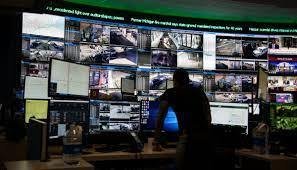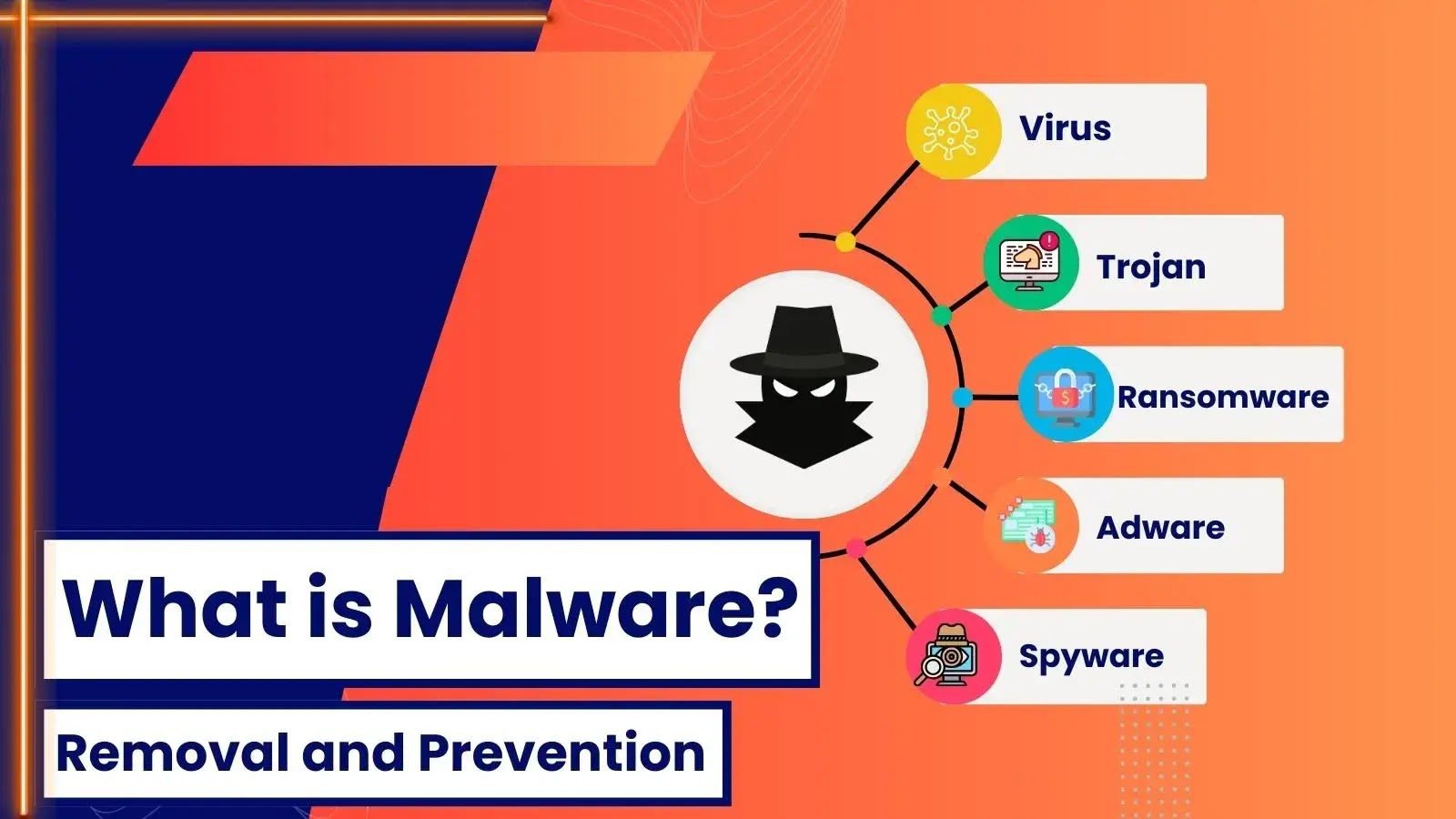The Impact of CCTV Surveillance: Empowering or Discriminating Marginalized Communities?

In an increasingly interconnected world, the proliferation of Closed Circuit Television (CCTV) surveillance systems has become a ubiquitous tool for security and crime prevention. Yet, as these cameras silently monitor our daily lives, they raise critical questions about the boundaries between public safety and personal privacy. Nowhere is this ethical dilemma more pronounced than in marginalized communities, where the use of CCTV surveillance can either enhance security or exacerbate existing power imbalances. This article delves into the complex ethical considerations surrounding the deployment of CCTV in these communities, examining its potential benefits and unintended consequences on individual rights and social justice.
In a rapidly evolving world, surveillance technology has become an integral part of modern society. While CCTV cameras offer undeniable benefits such as crime prevention and public safety, the ethical considerations surrounding their use cannot be ignored. Particularly concerning are the implications for marginalized communities who often bear the brunt of excessive monitoring and potential abuse of power.
The use of CCTV surveillance in marginalized communities raises questions about privacy rights and the disproportionate targeting of certain groups. The constant presence of cameras can create a pervasive atmosphere of distrust and intimidation, undermining community cohesion. Moreover, there is a risk that these technologies could be used to unfairly profile individuals based on race, ethnicity, or socioeconomic status.
These ethical concerns demand thoughtful solutions that prioritize justice and equality. It is crucial that any implementation or expansion of CCTV surveillance in marginalized neighborhoods is done with transparency and accountability at its core. Effective safeguards must be put in place to prevent misuse or arbitrary profiling by ensuring strict adherence to legal regulations governing data retention, access control, and responsible information management practices.
What are the ethical considerations surrounding the use of CCTV surveillance, particularly in regards to marginalized communities?

The use of CCTV surveillance, particularly in regards to marginalized communities, raises several important ethical considerations that must be carefully addressed to ensure fairness, privacy, and social equity. Here are some key ethical considerations:
- Privacy and Consent: Individuals have a right to privacy, and the use of CCTV cameras in public spaces can infringe upon this right. Marginalized communities might already face heightened surveillance and may feel disproportionately targeted. Adequate measures should be taken to inform and obtain consent from the community when possible.
- Surveillance Disparities: The deployment of CCTV cameras should not disproportionately target or monitor marginalized communities, leading to further stigmatization or bias. Fair distribution of surveillance measures and considerations of historical discrimination are crucial.
- Data Retention and Use: The data collected from CCTV cameras should be used only for the intended purpose and not shared or exploited for discriminatory or harmful ends. Clear policies on data retention and sharing should be established to prevent misuse.
- Bias in AI and Facial Recognition: If facial recognition technology is used, it’s important to address potential biases in algorithms that could disproportionately misidentify or target individuals from marginalized communities. Testing and validation should be performed to ensure fairness.
- Community Engagement: Engaging with marginalized communities in the decision-making process regarding the use of CCTV surveillance can help address concerns, build trust, and ensure that their perspectives are taken into account.
- Benefit vs. Harm: Ethical considerations should weigh the potential benefits of enhanced security against the potential harm of increased surveillance and loss of privacy, particularly for communities that may already experience systemic discrimination.
- Transparency and Accountability: The implementation of CCTV surveillance should be transparent, and clear guidelines should be established for monitoring and use. Mechanisms for holding responsible parties accountable for any abuses or misuse should be in place.
- Alternative Solutions: Before implementing CCTV surveillance, alternative solutions should be explored, such as community-based policing, social programs, or initiatives addressing the root causes of crime in marginalized areas.
- Economic Divides: Implementing surveillance systems in marginalized communities can perpetuate economic divides if resources are diverted from social services to surveillance technologies. Efforts should be made to address underlying social issues.
- Community Empowerment: Instead of imposing surveillance, empowering marginalized communities to participate in decision-making and safety initiatives can be more ethical and effective.
- Unintended Consequences: Consideration should be given to potential unintended consequences of surveillance, such as displacing crime from one area to another or eroding trust between law enforcement and the community.
- Long-term Impact: The long-term impact of surveillance on community dynamics, trust, and social cohesion should be carefully assessed.
It’s crucial for organizations, policymakers, and stakeholders to engage in open dialogue, conduct impact assessments, and develop comprehensive policies that address these ethical considerations. Balancing security needs with respect for human rights and social justice is essential to ensure that marginalized communities are not further disadvantaged or stigmatized by the use of CCTV surveillance.




